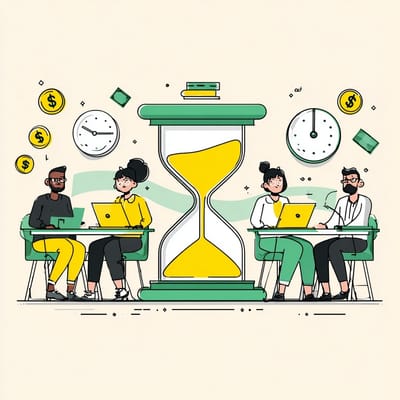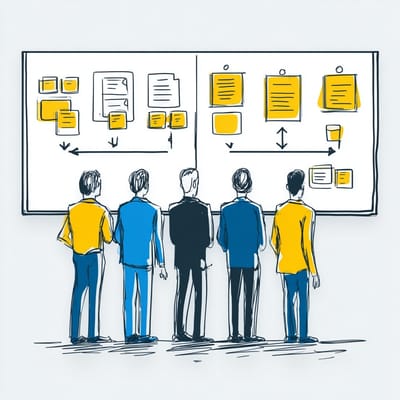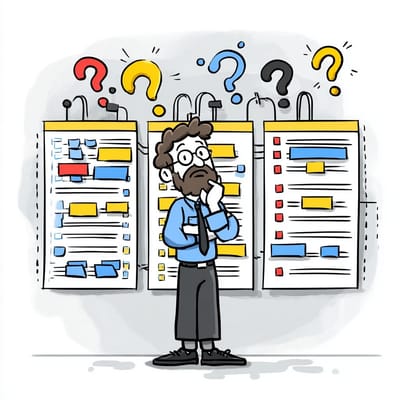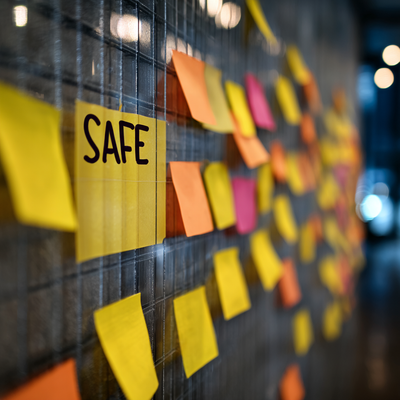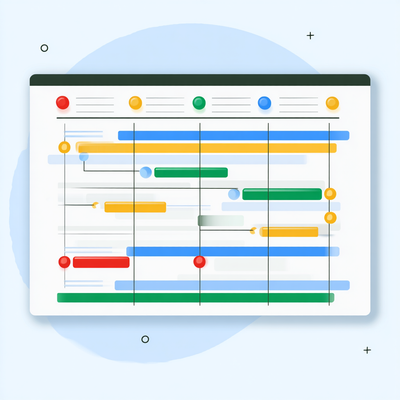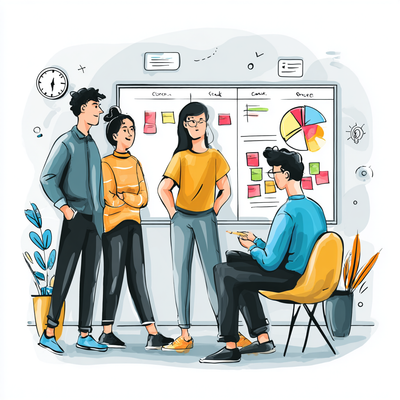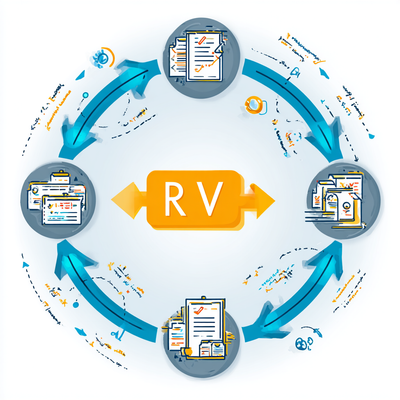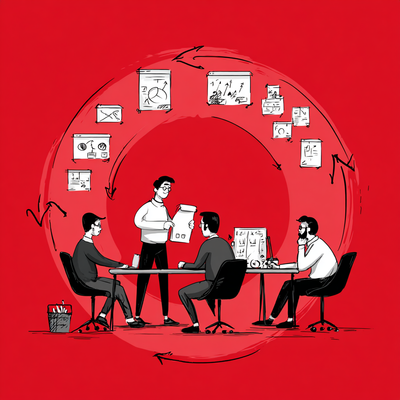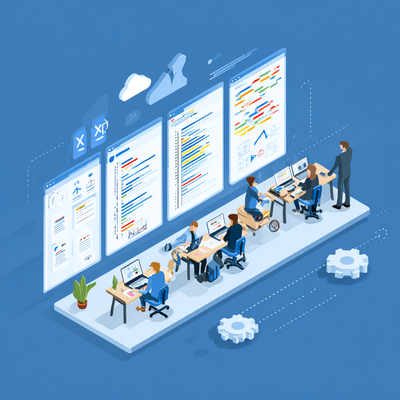Agile mindset
The agile mindset emphasizes adaptability and continuous improvement. Team members adjust their strategies based on new information rather than following rigid plans. Flexible organizations adapt to rapid environmental changes.
Entry and exit criteria
Entry Criteria establish the conditions teams must meet before beginning new work phases or iterations. By meeting these requirements, upcoming tasks will be prepared and ready for completion.
Aborted work
Agile methodologies define aborted work as tasks, features, or projects discontinued before completion
Little's Law
Little's Law reveals fundamental relationships in operational systems. This principle connects three key elements: items in a system, their arrival rate, and processing time.
Cost of delay
Cost of delay in Agile development measures the financial impact of project postponement. This concept helps teams understand what happens when features or decisions are delayed.
Definition of ready
The Definition of Ready is a set of criteria for preparing work items before sprint inclusion.
Definition of done
The Definition of Done establishes completion standards that unite team understanding. It creates shared expectations for both quality and delivery requirements.
Cost prediction
Cost prediction0:00/161.3191×
Cost prediction in agile estimates financial resources needed for project completion. This process differs from
Commitment point
The commitment point in Agile development represents a decisive moment when a development team formally accepts responsibility for specific deliverables within a defined sprint period.
Acceptance criteria
Acceptance criteria define the requirements a product must meet before completion. These standards establish clear expectations for quality, functionality, and performance that all team members understand and work toward.
Dependencies and dependency maps
In today's agile workplace, dependency management has evolved into an art form. Teams must remain nimble, adapting their workflows while respecting these crucial task relationships.
Infinite buffers
Product Owners create infinite buffers by continuously adding backlog items without clear prioritization.
Cumulative flow diagrams
Teams can use the cumulative flow diagrams to understand how work progresses, identify bottlenecks, and determine the appropriate pace of work.
Blockers in agile and kanban
An impediment, also known as a blocker, is an obstacle preventing team members from completing tasks or achieving sprint goals. Various types of blockers need to be addressed immediately to maintain a smooth workflow
Self-organising teams
Self-organising teams are groups that work together toward a common goal, making decisions and managing tasks without supervision or authority from an outside source.
Scaled Agile Framework (SAFe)
SAFe, or scaled agile framework, was developed by Dean Leffingwell and Drew Jemilo to address a businesses' evolving needs.
Technical debt
According to industry observations, design trade-offs result in the most significant technical debt, which code quality measurements cannot detect. Assessing technical debt in industry and research is difficult due to the lack of practical tools.
Feature-driven development
Coding standards, measurement audits, and metrics are crucial to F.D.D.'s quality concept. Feature-driven development prioritises meetings compared to other methodologies (such as Scrum and XP).
Disciplined agile delivery
According to the Disciplined Agile Process (D.A.D.), stakeholders recognize that external customers are not always the project's focus. The term "customer" has become popular among some software teams because it has shifted their focus from technology to business needs.
Clean code in software development
Writing code that's easy to read and understand is essential to ensuring clean code. This enables others to comprehend its purpose at a glance.
Release planning
A release roadmap is a document that outlines the schedule and objectives for upcoming product releases.
Sprint planning meeting
Sprint planning marks the beginning of each sprint or iteration of work. This meeting is designed to align the team on the tasks to be completed during the upcoming sprint and ensure that everyone understands the objectives and scope of the work
Requirements Volatility
Requirements volatility (RV) refers to additions, deletions, and requirements modifications during the system's development life cycle.
Hoshin Kanri Mapping
Hashim Kanri Mapping is a strategic management tool designed to help organizations align their processes and objectives more effectively.
Enablers in agile and business development
Agile enablers refer to activities or deliverables that indirectly contribute to product development but are essential to a smooth project transition.
An impediment in agile
Scrum "impediments" refer to anything hindering team progress or performance. An impediment is more than just a minor obstacle or inconvenience.
Agile product delivery
Agile product delivery emphasises the following: flexibility, customer collaboration, dedication to delivering high-value products.
Potentially shippable product
A potentially shippable product is a fully functional and valuable increment, it is not the final product. It's a step or a stage in the journey towards the complete product.
Extreme Programming
Agile software development frameworks like XP enable development teams to produce high-quality software. Taking traditional programming practices to extremes inspired this methodology's name.
Fundamentals of DevOps
DevOps is an acronym for Development and Operations. This movement originated in the IT industry to align development and operations teams. Early in software development, module integration often failed and caused a great deal of frustration.
Agile contracting
Quality is key, but who is responsible for it in agile contracts? Assuring quality and agility is the responsibility of the service provider.
Requirements Engineering
Requirements engineering is a relatively complex science involving elicitation, observation, brainstorming, facilitating focus groups, prototyping, analysis, modelling, and documentation—just a few of them.





